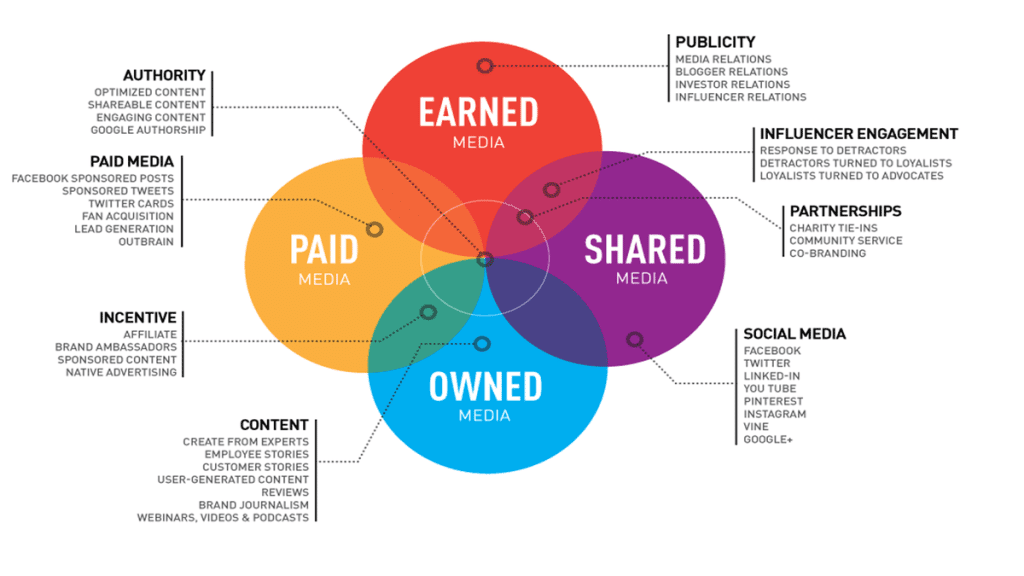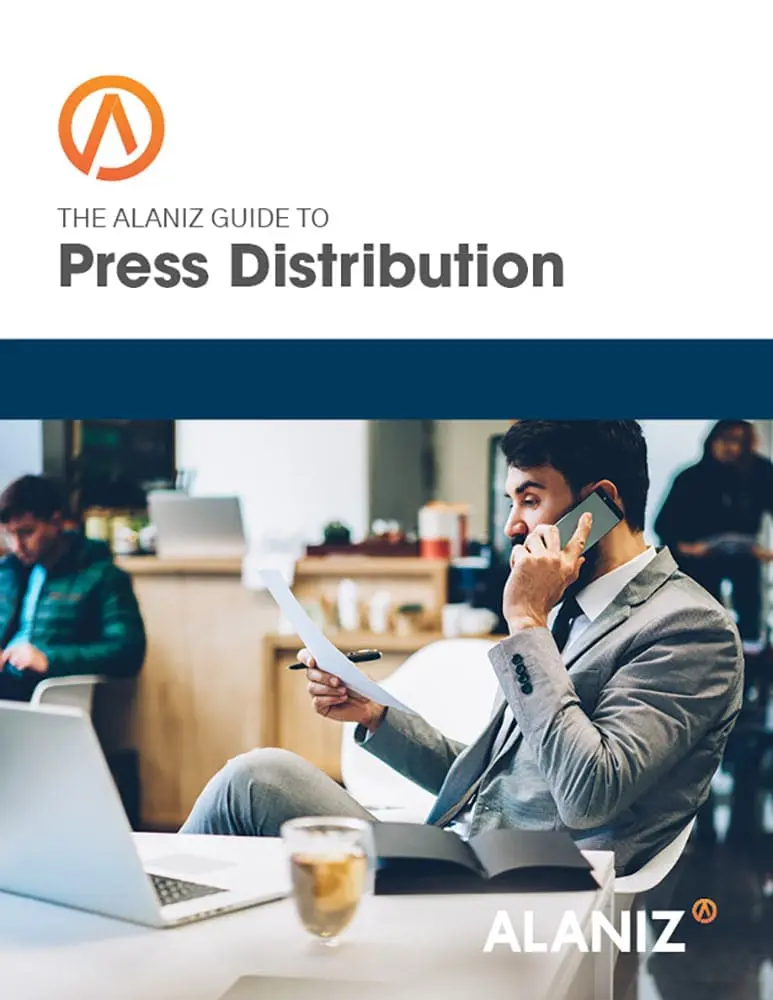This blog post is part of “The Ultimate Guide to Public Relations” blog series.
You don’t need to read press headlines to know that public relations is more valuable than ever, but the irony is that if you did, then you’d be more likely to believe it.
In March of last year, global information and measurement company Nielsen, published a study assessing how content informs the consumer decision-making process. Consumers rely on trusted content to make purchase decisions 5X more today than they did five years ago. And whom we trust are third-party sources, such as the news, credible sources of authority, and of course, the familiar sources of our family and friends.
With the proliferation of social media has come a new marketing landscape that often favors public relations over advertising. The fundamental difference ––crafting public perception versus crafting a public message–– represents how we’re more inclined to believe something that we hear than what we are told. And how we hear about something is now a function of our online social activities. Recent data from the Pew Research Center reported, “…majorities of Twitter (63%) and Facebook users (63%) now say each platform serves as a source for news about events and issues outside the realm of friends and family.” Nielsen’s report also found that only 16% of people are influenced by the advertising they see on the Internet, while 84% are influenced by what people tell them on social media.
Historically, marketing was said to consist of three types of media assets: paid, earned and owned. The advent of social media brought about a fourth category, so-called shared media, and it’s been steadily revolutionizing PR ever since. The age-old question of PR, “how do I get my message heard,” has been transformed into “how do I get my message shared?”
Our social networks ––Facebook, Twitter, LinkedIn, Pinterest, Instagram, Vine, and the like–– represent a new frontier of public relations real estate that is based on engagement, not just media placement. The lifespan of a PR campaign can become infinite through social, and it allows PR professionals to track outcomes, instead of just clip counts or web impressions. The shared media displays awareness, comprehension, attitude, and ultimately, behavior among a target audience, to enhance PR campaigns and qualify strategies.
Collectively, paid, earned, shared, and owned media are known by the fun acronym, PESO. This PESO Venn diagram, below, crafted by Gini Dietrich, author of Spin Sucks and CEO of a Chicago-based PR agency, Arment Dietrich, is the most beautiful and comprehensive I’ve ever seen. It also beautifully demystifies how social media is a boon to PR, or as a marketing slogan might put it, “the beauty is in the breakdown.”

Each of the four types of marketing media has its own set of constituent parts, and each of those has its own unique metrics, or KPI, key performance indicators. It’s this degree of nuance –specific to the unique analytic conventions of social media–– that had been missing from the traditional PR approach.
How many re-Tweets did your byline get? How many shares on Facebook? How many loops on Vine? ––the answer to these questions are powerful, when it comes to understanding the effectiveness of PR and for developing a PR strategy that is built for social sharing.
The key to measuring the value of PR is knowing how to connect PR media assets to their intended objectives. Determining how PR constructs influence and authority isn’t a hard science, but rather an on-going feedback loop that critically informs its ultimate job, the art of creating value.
This blog post is part of “The Ultimate Guide to Public Relations” blog series.




